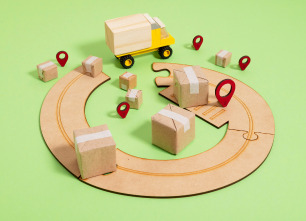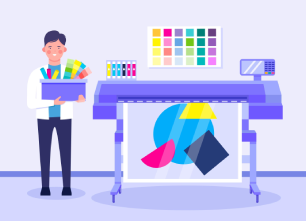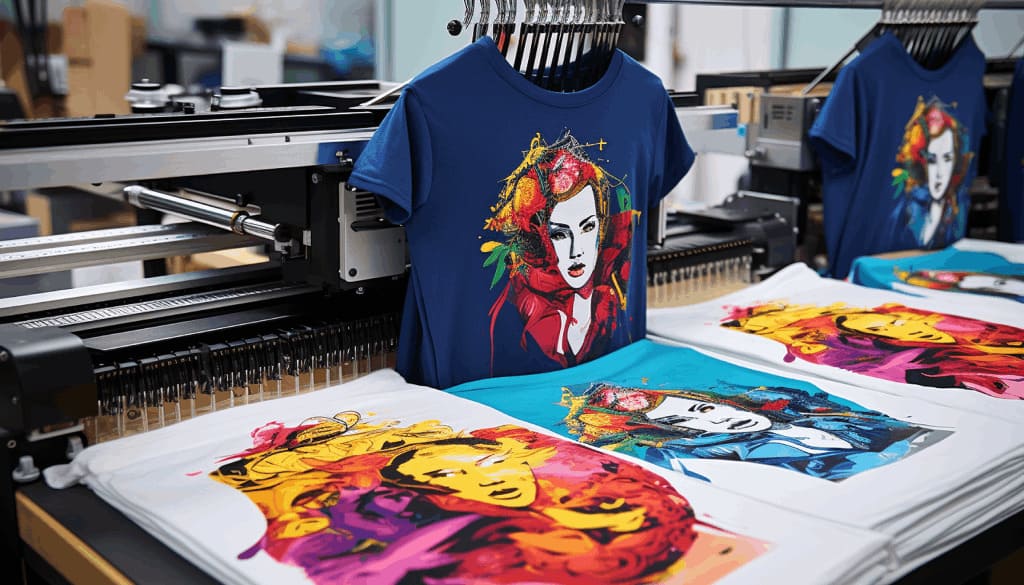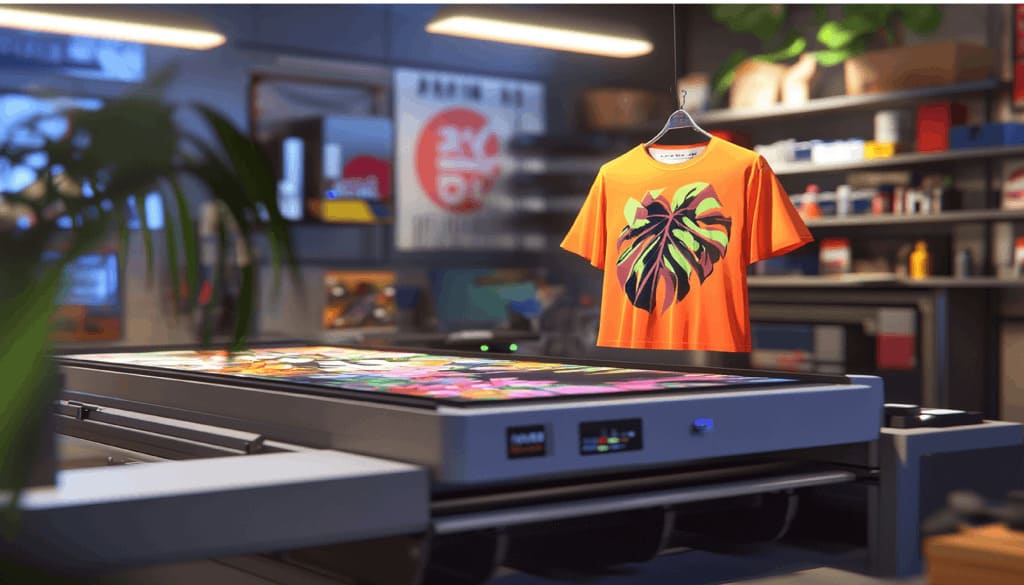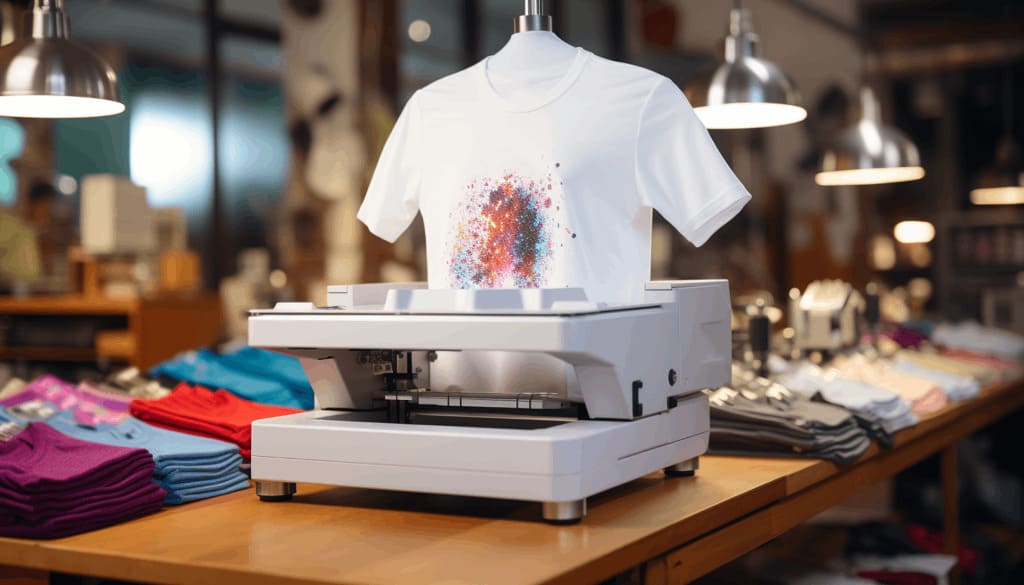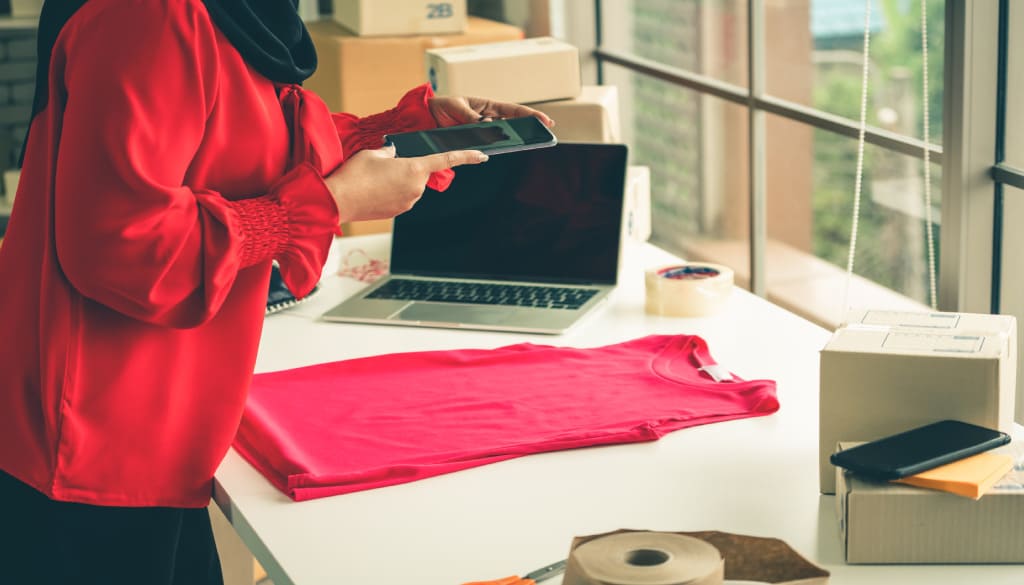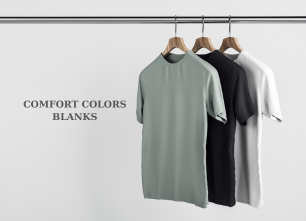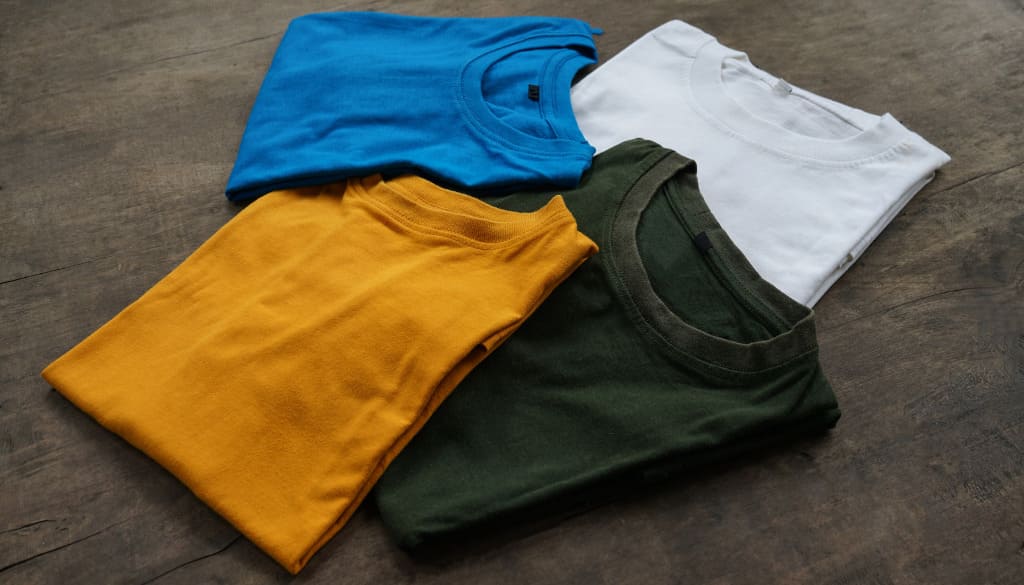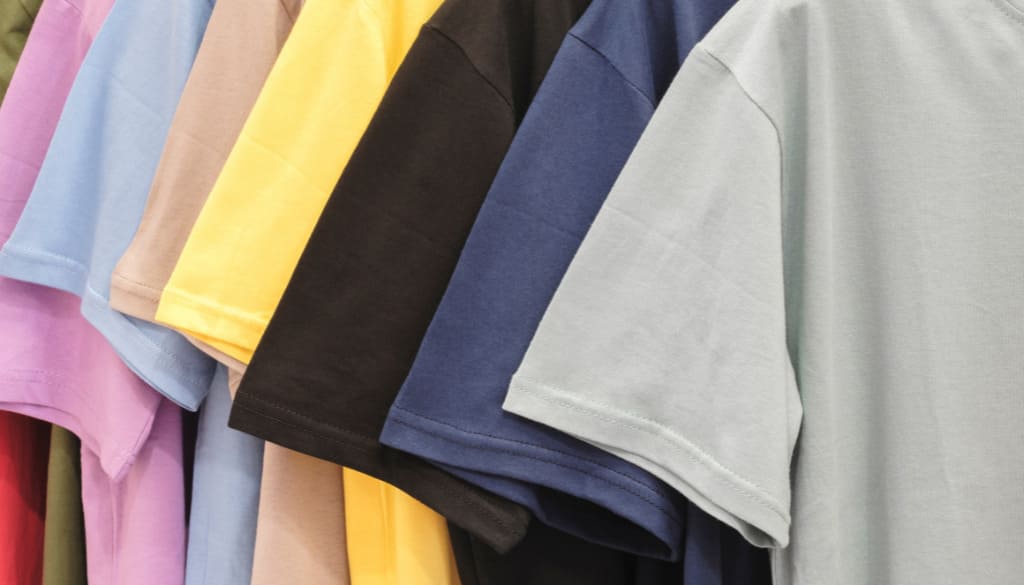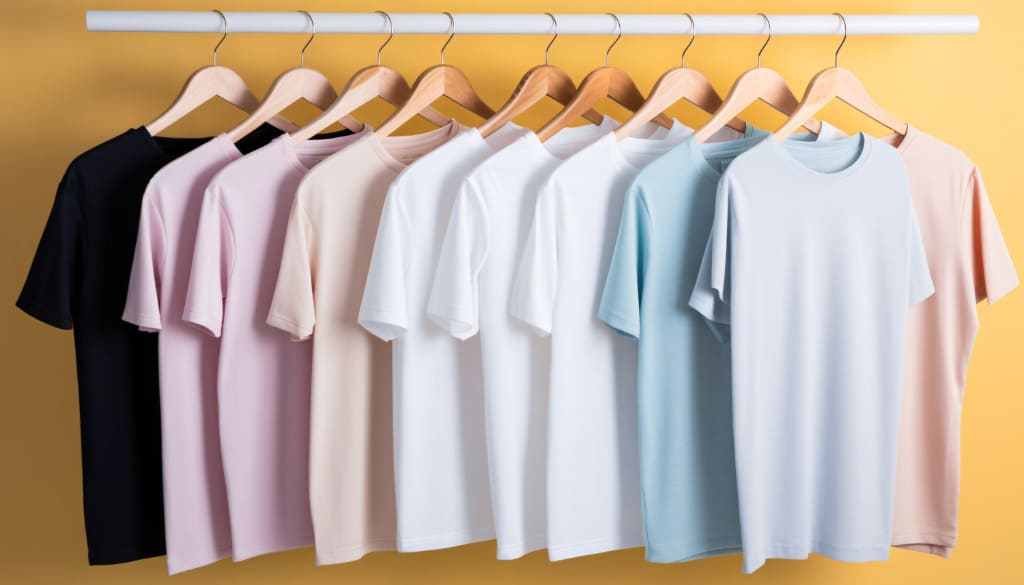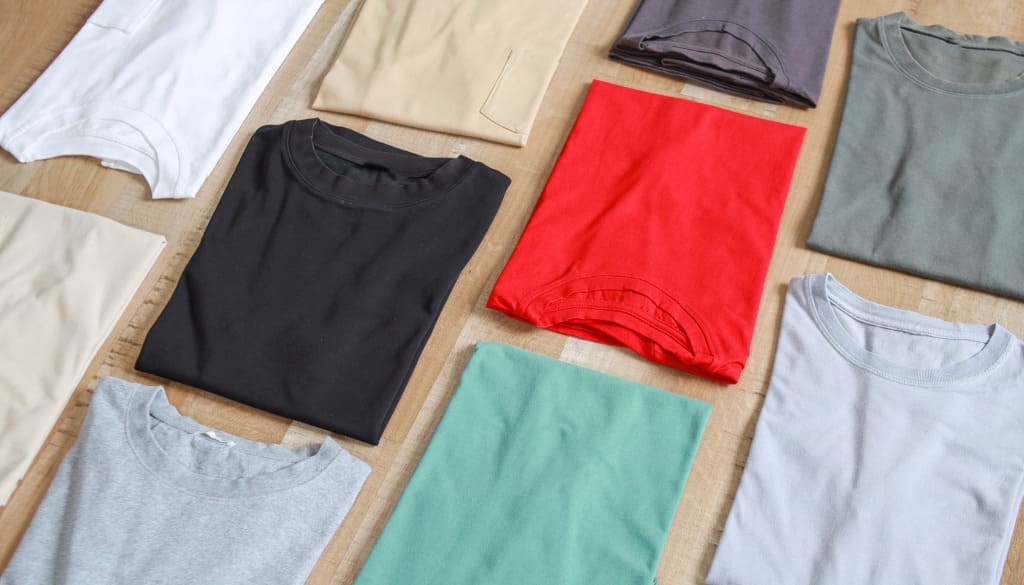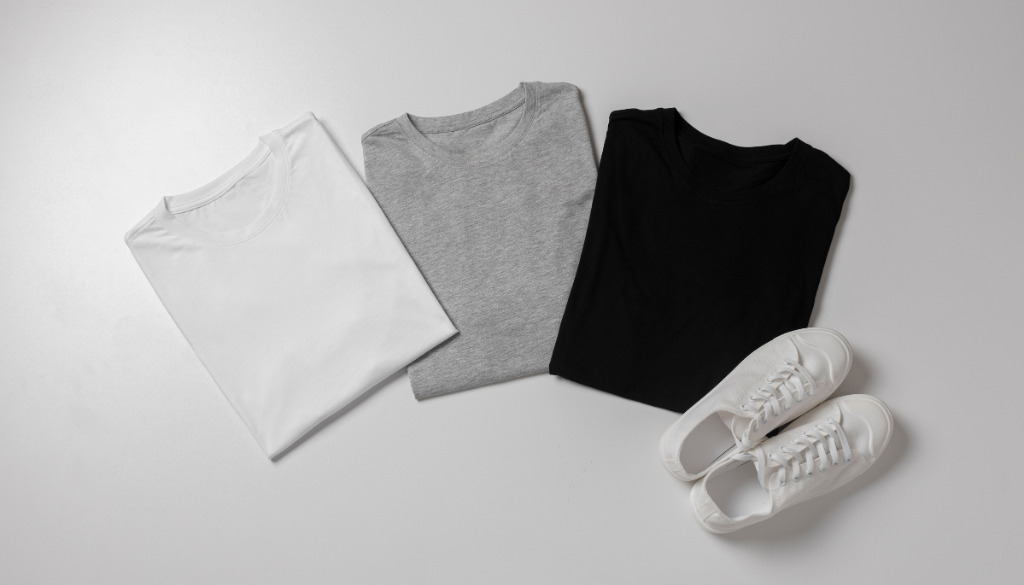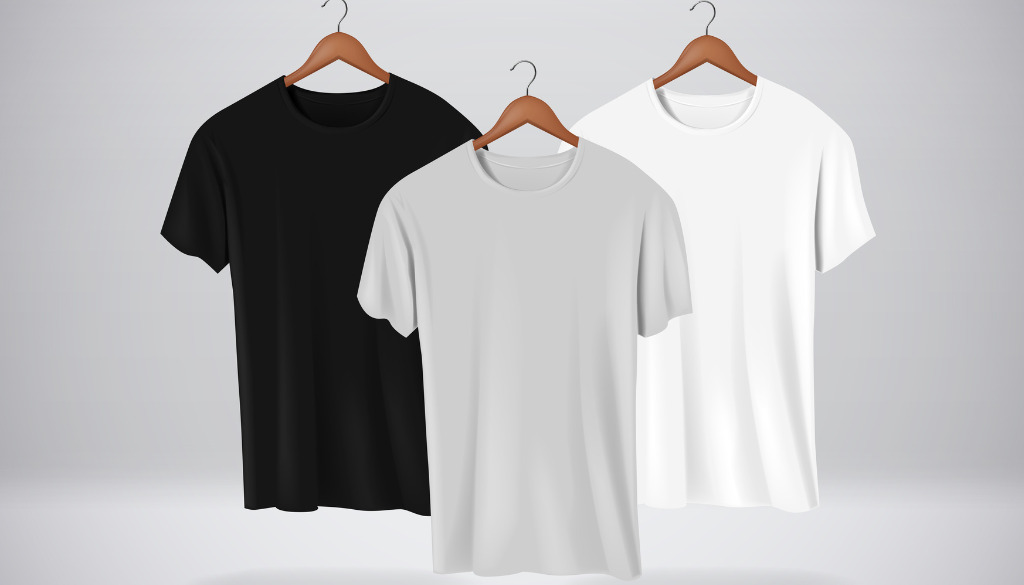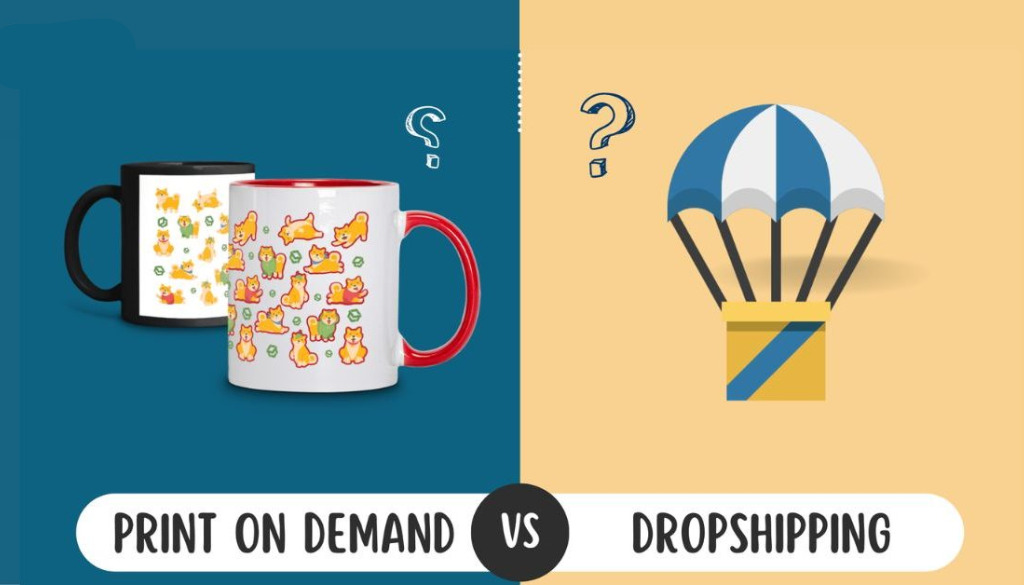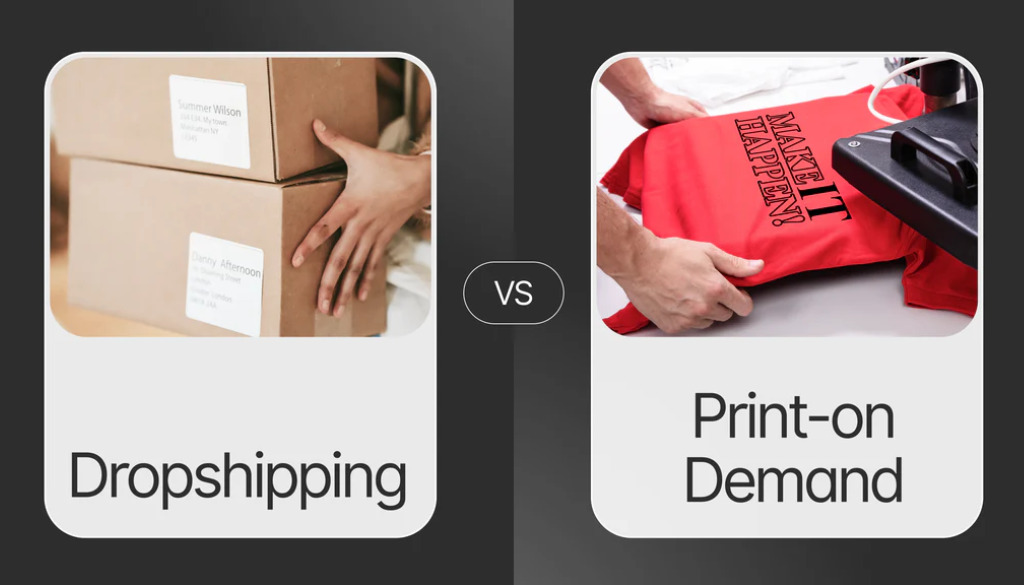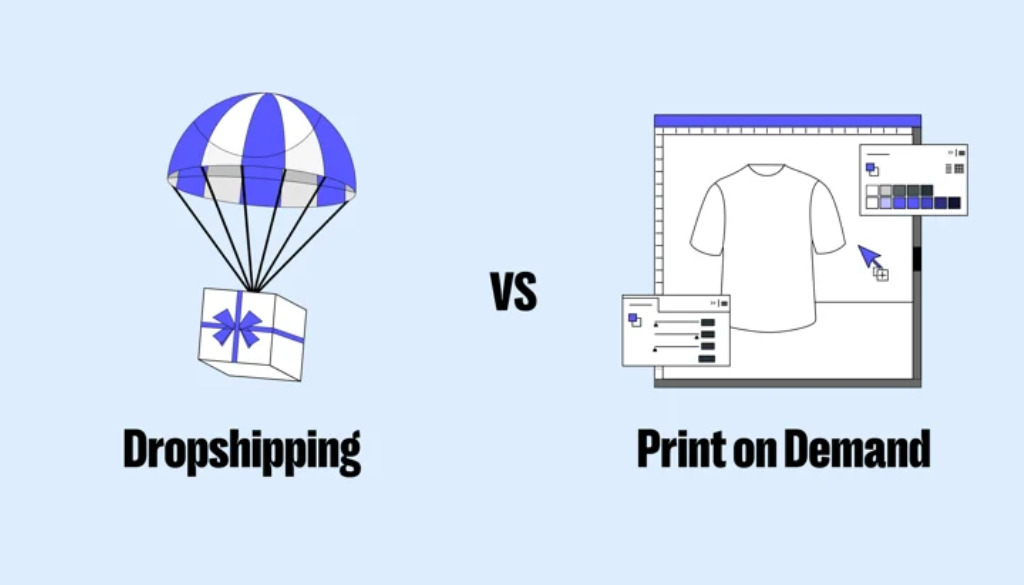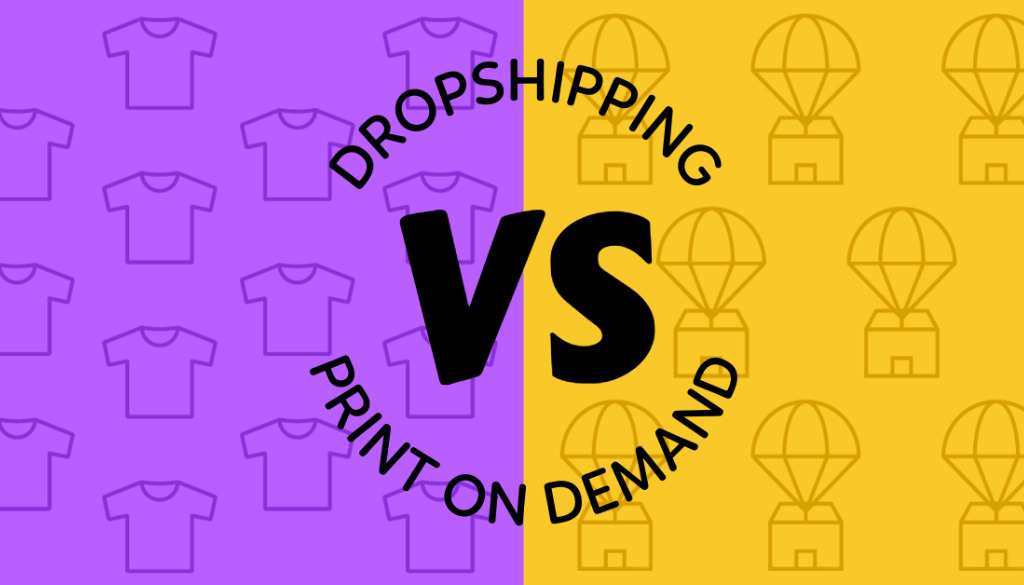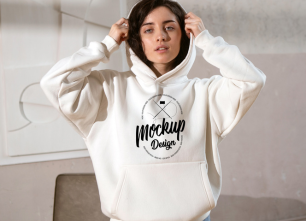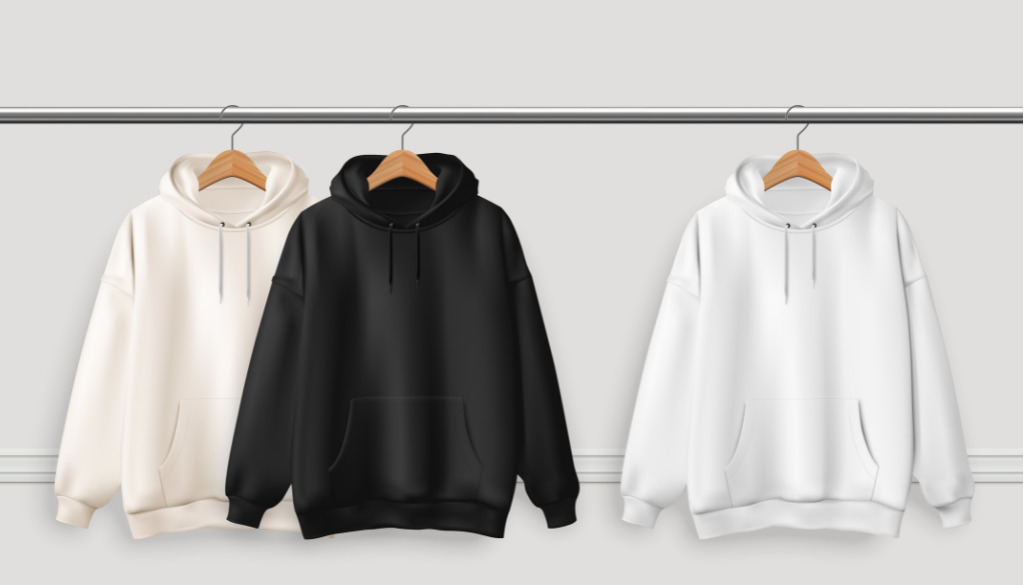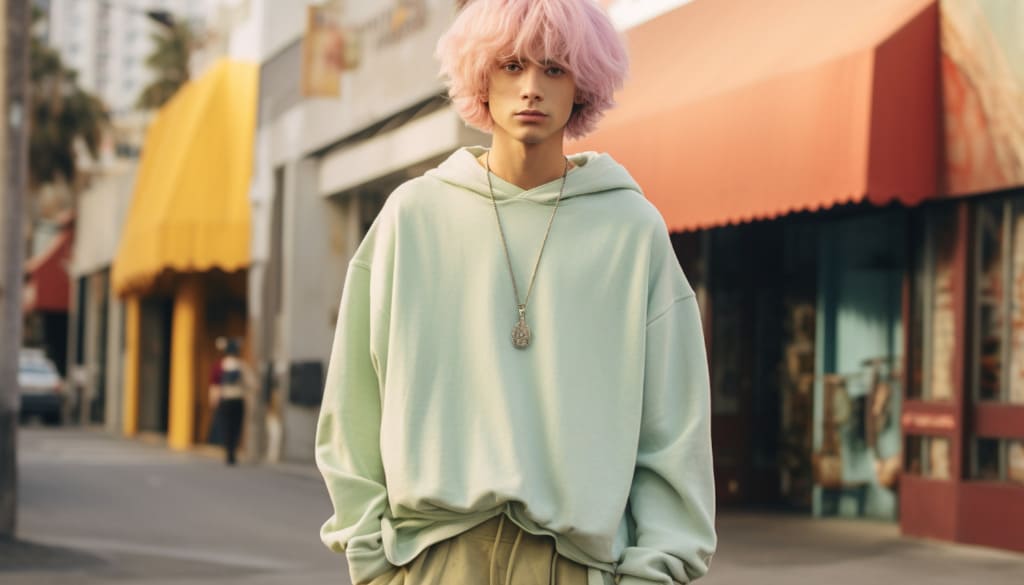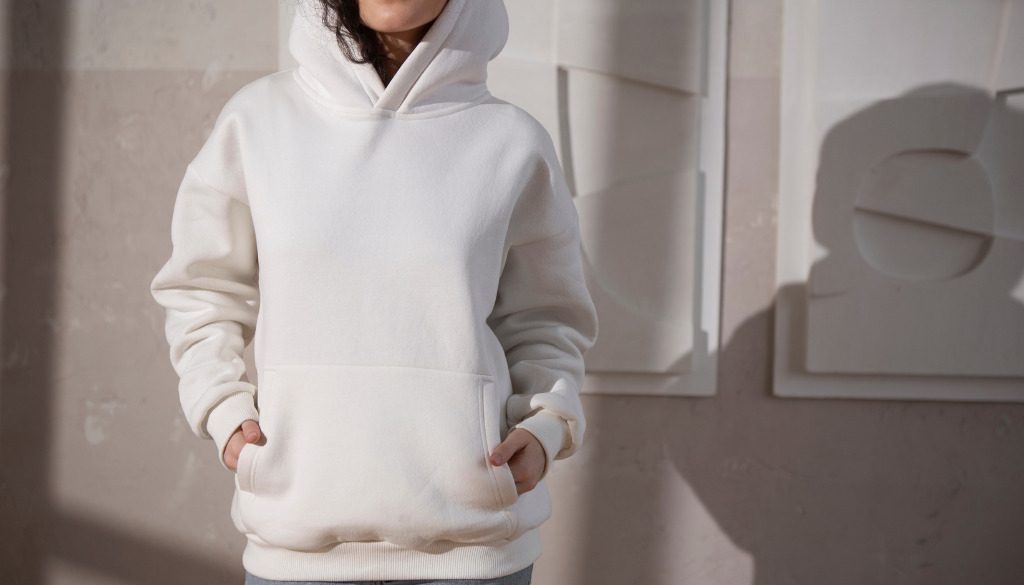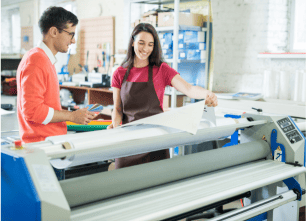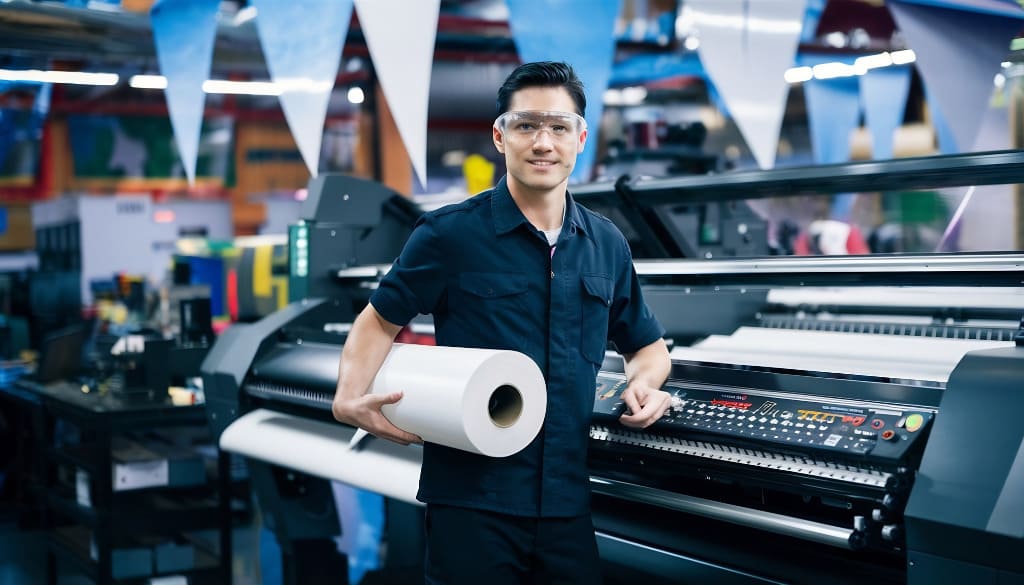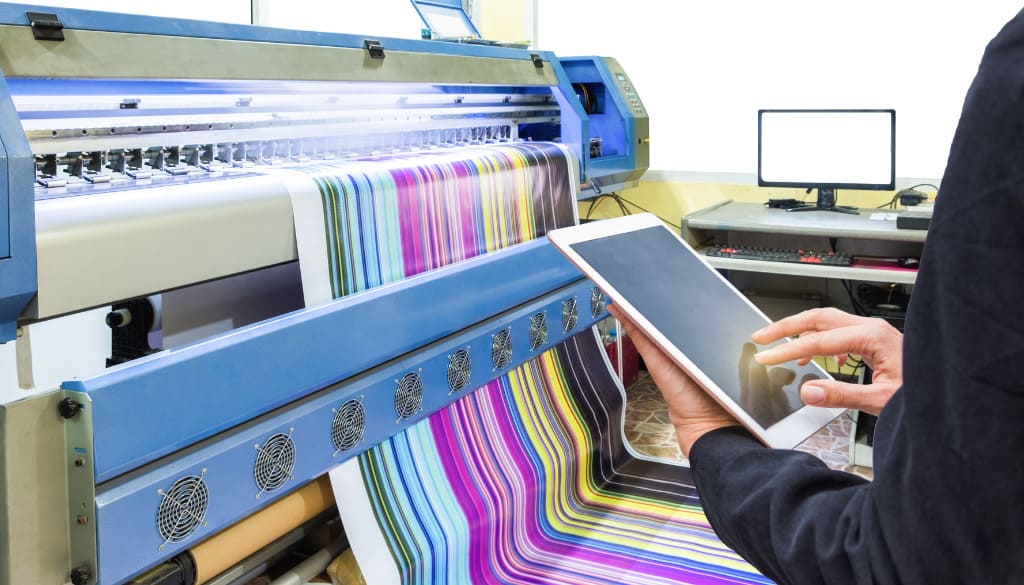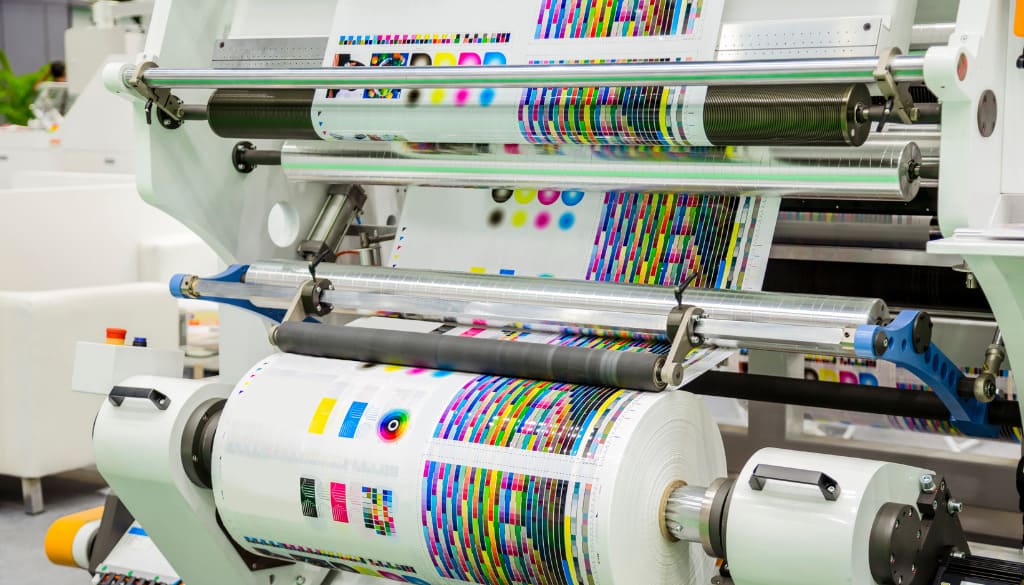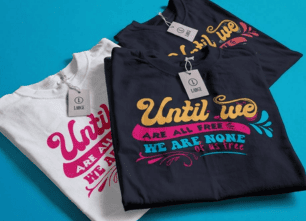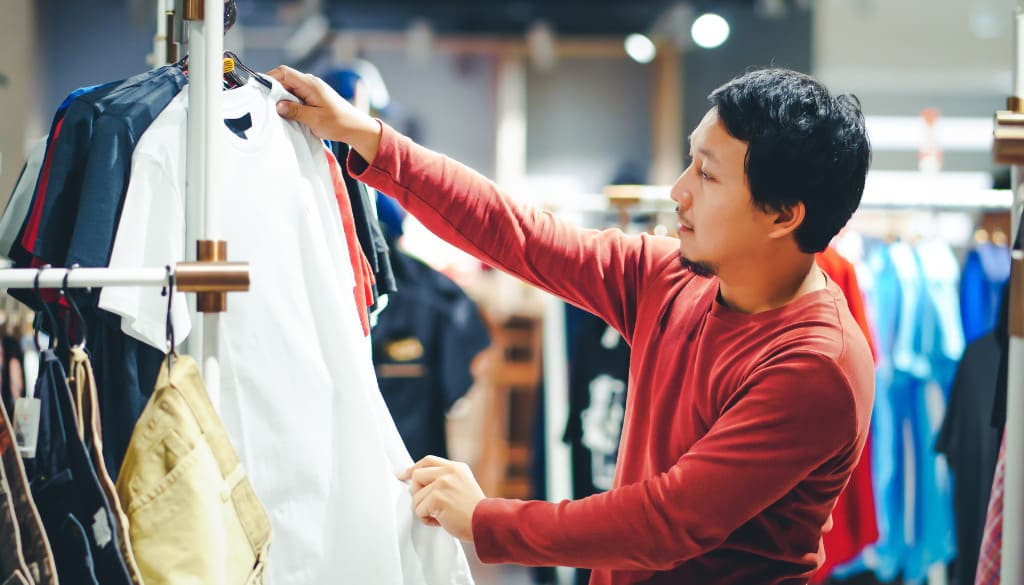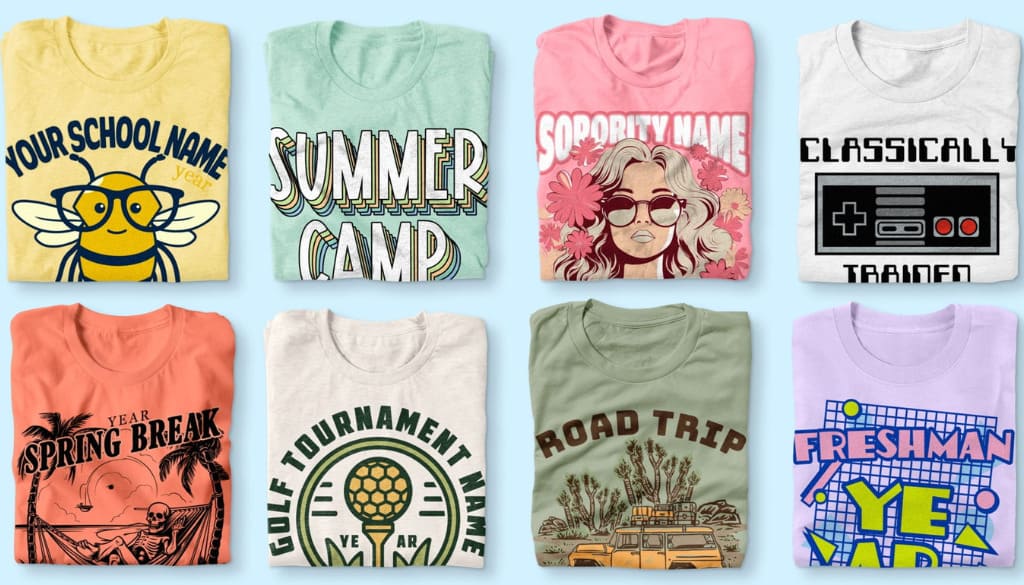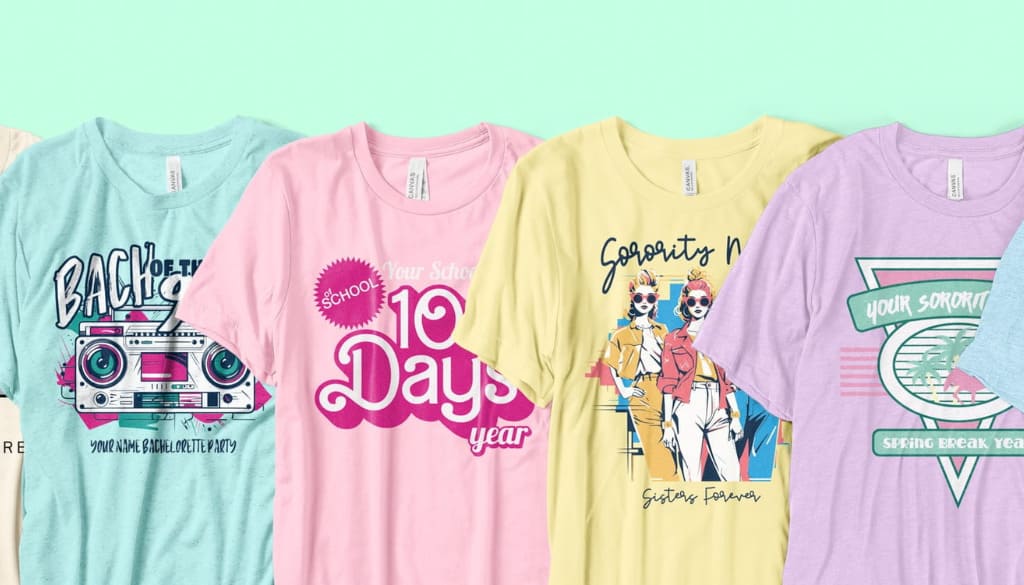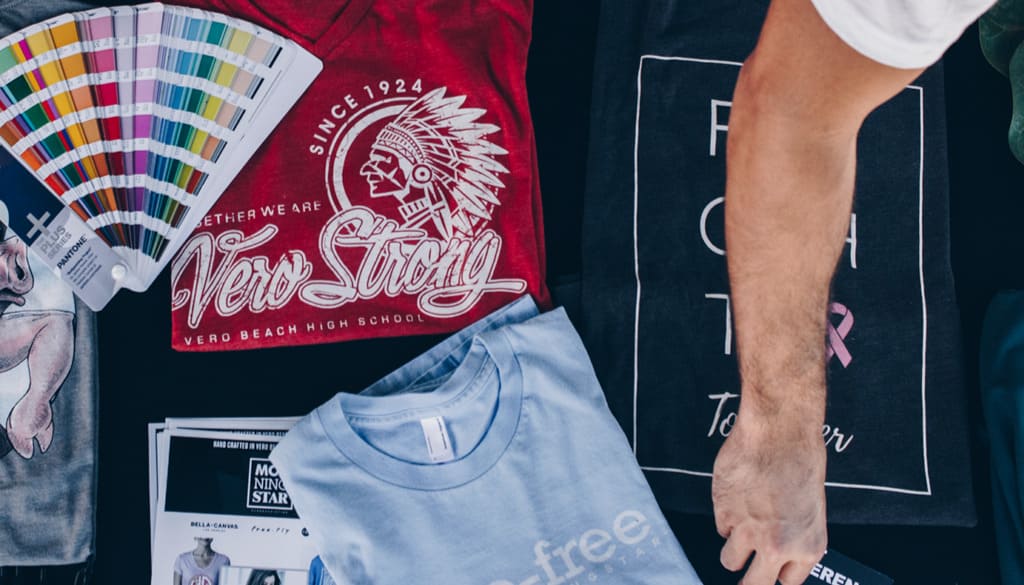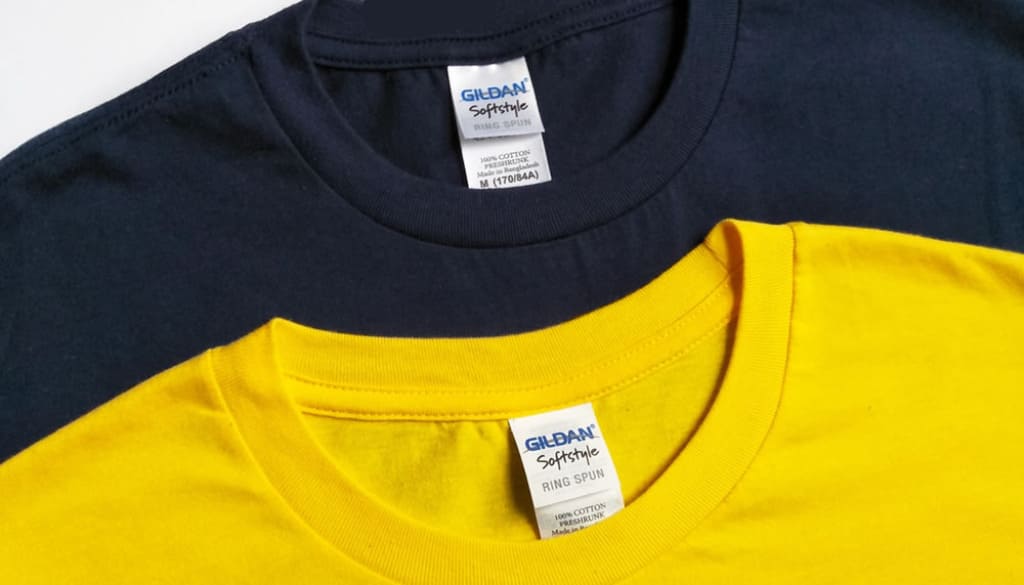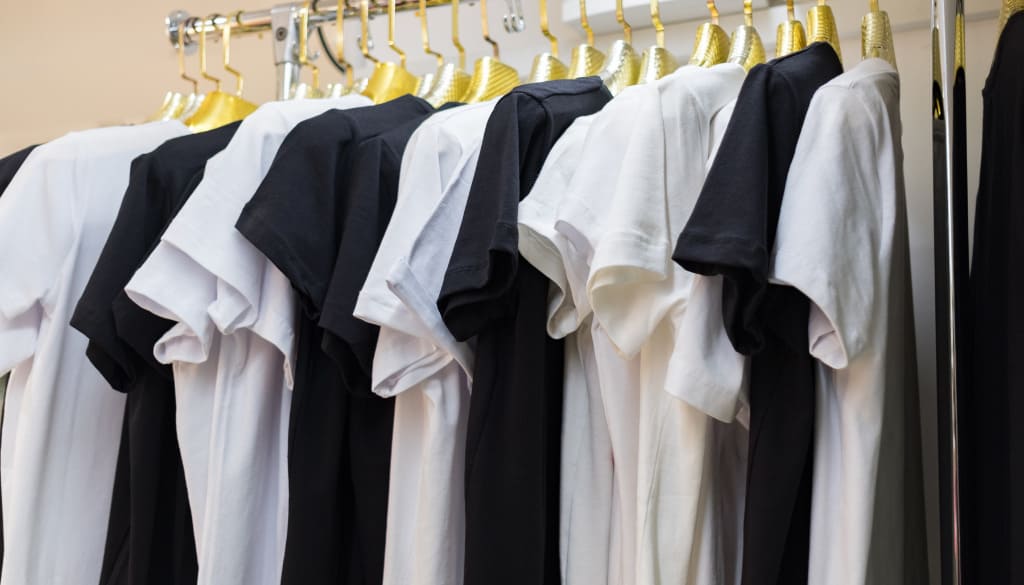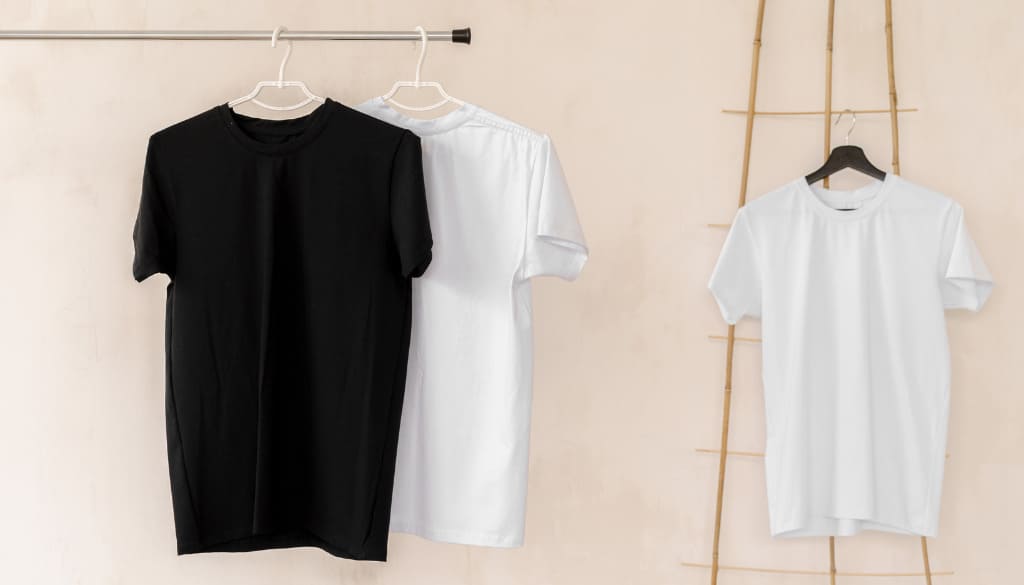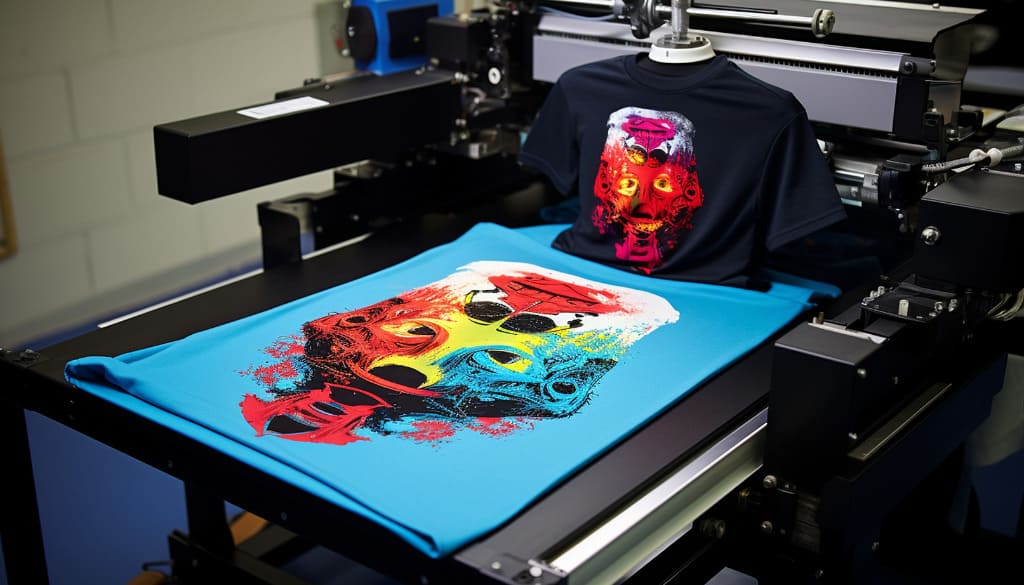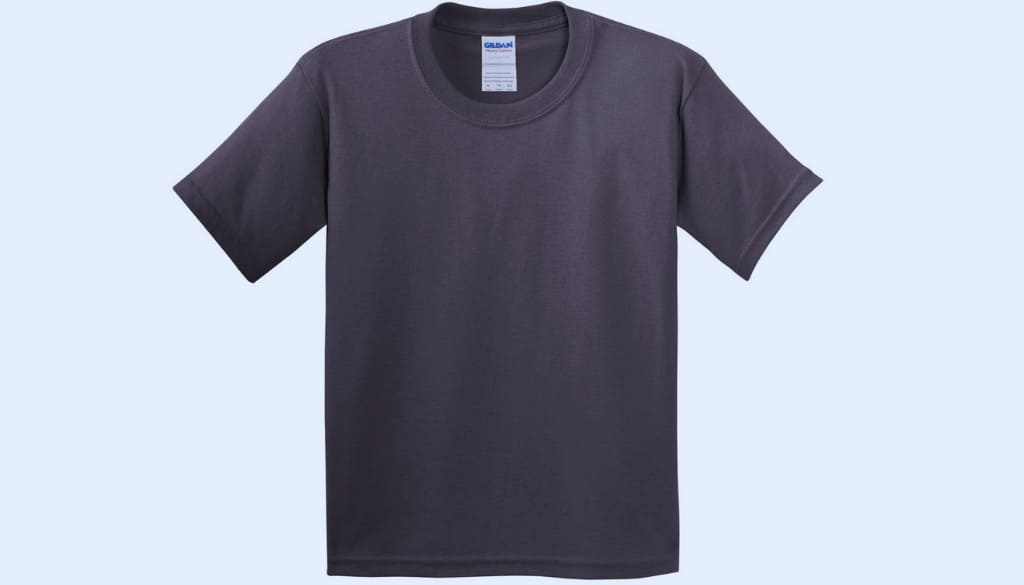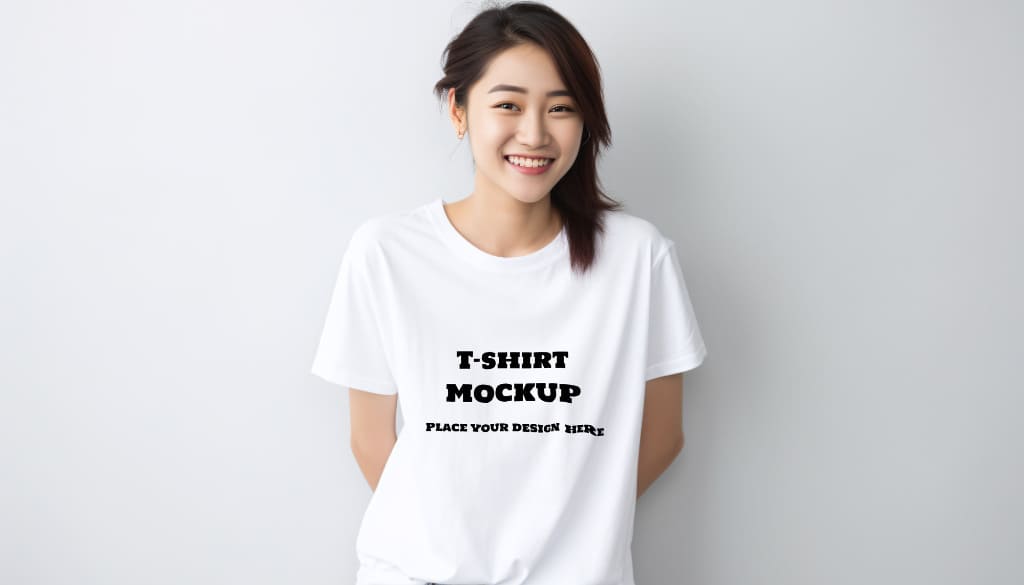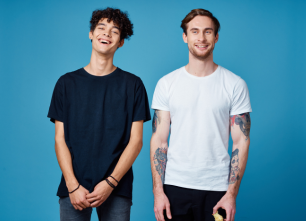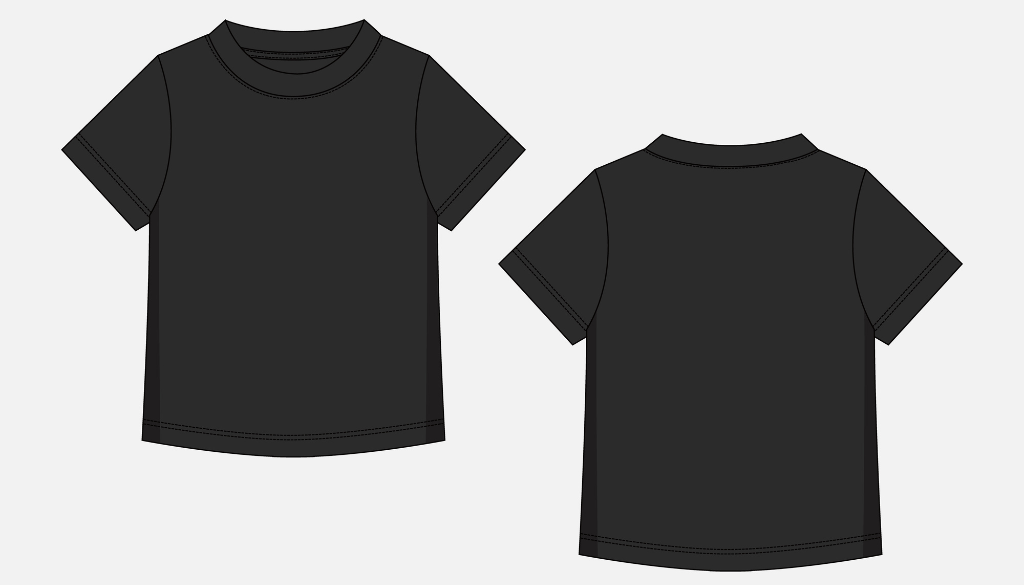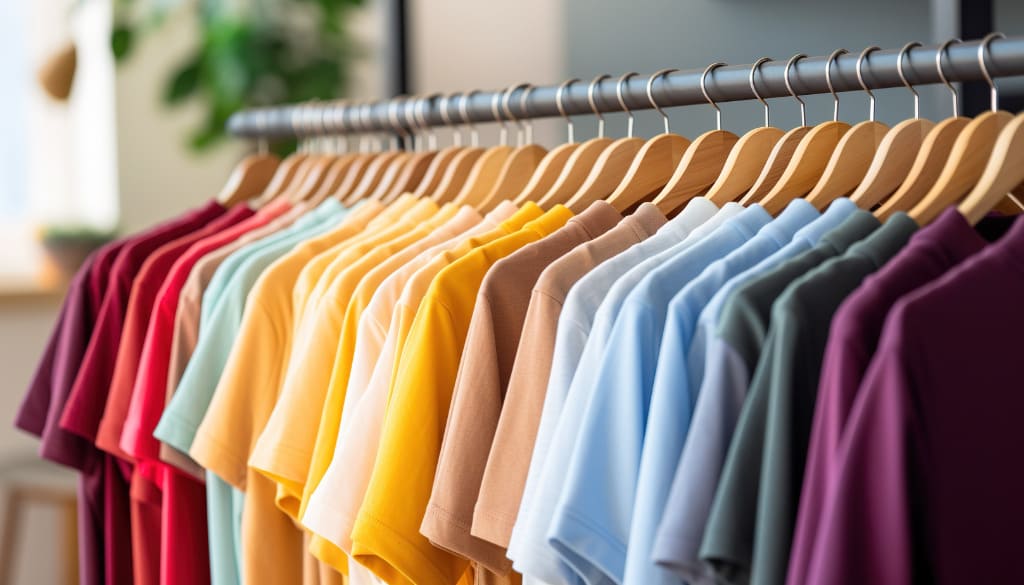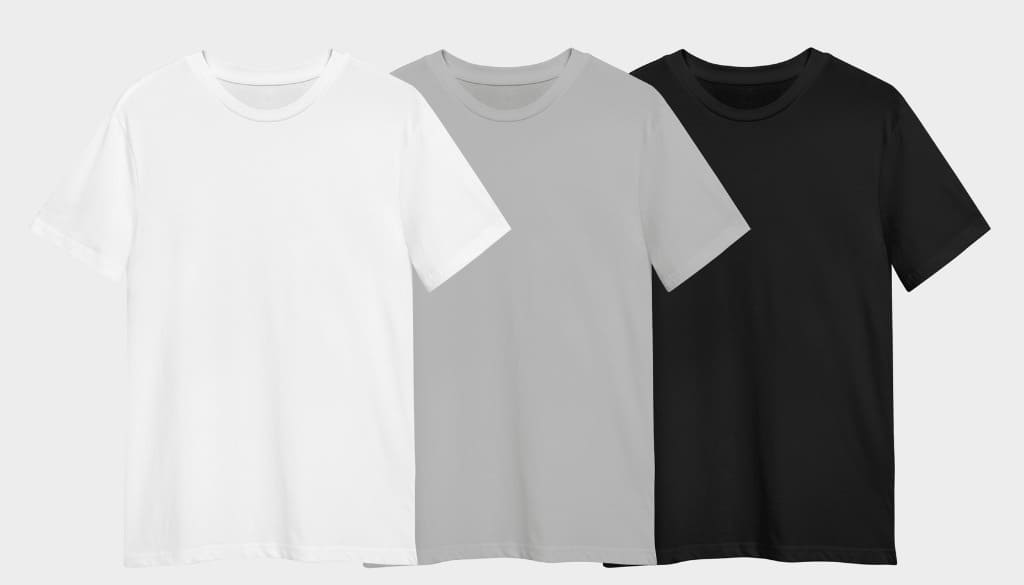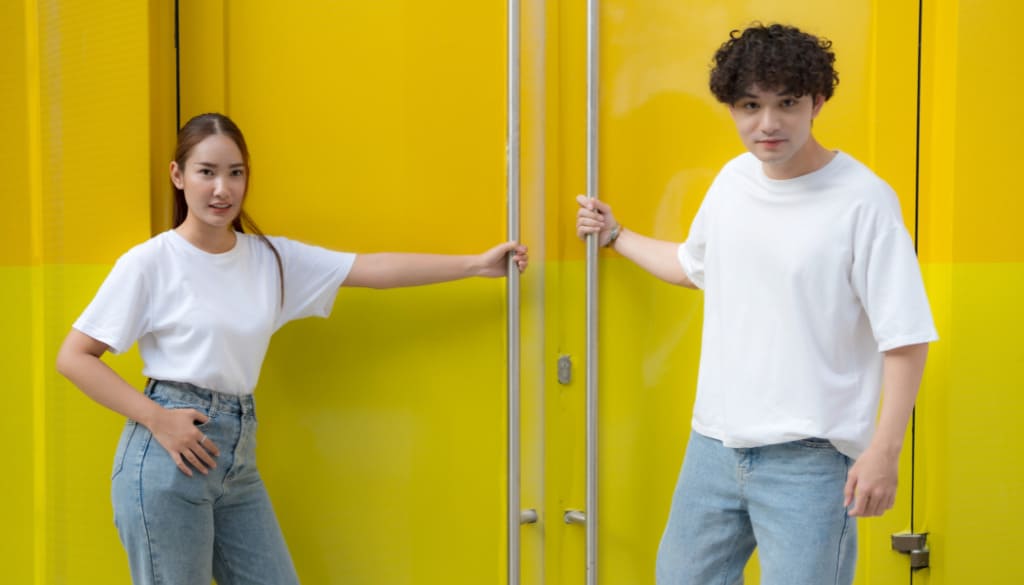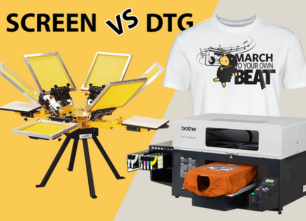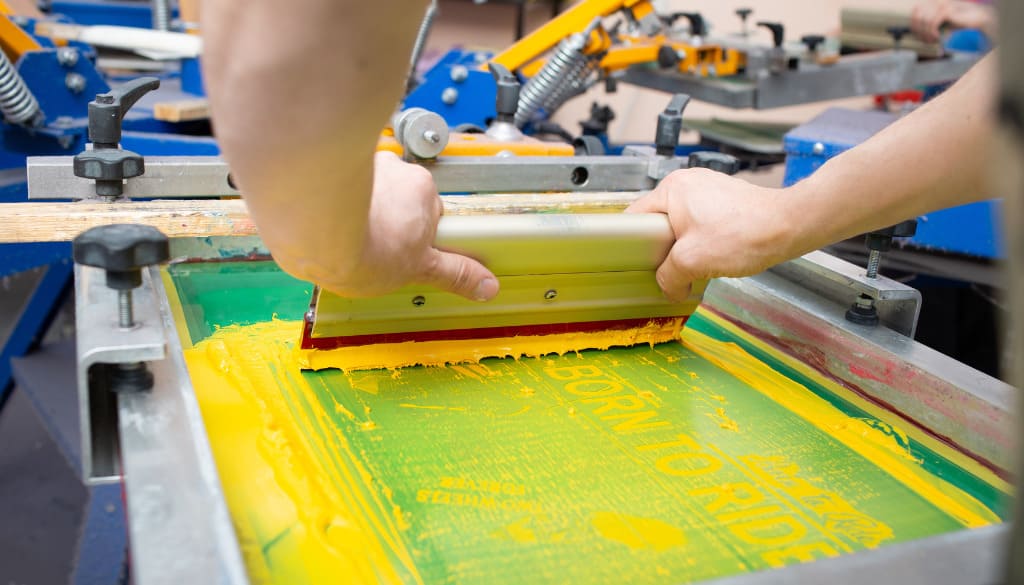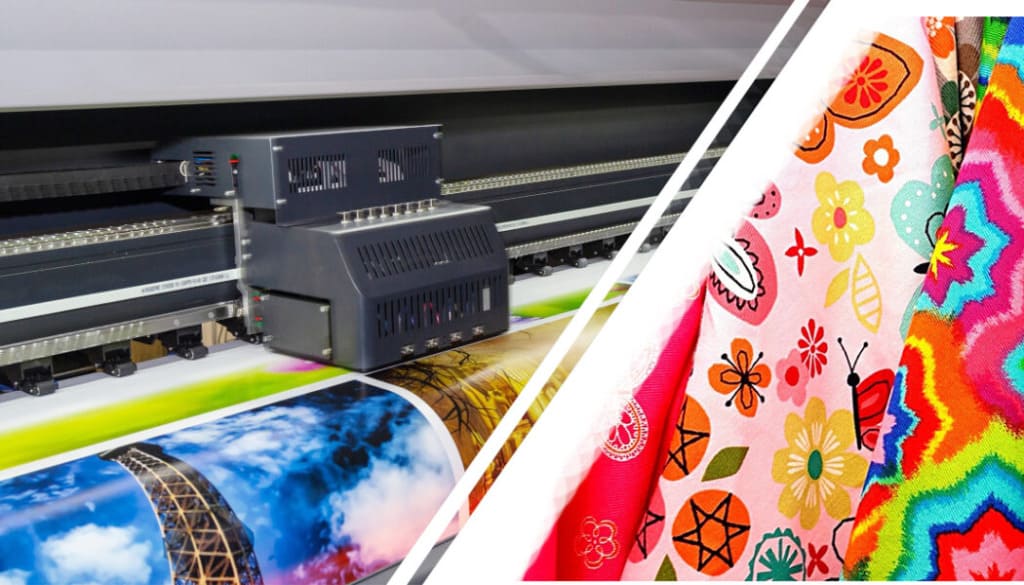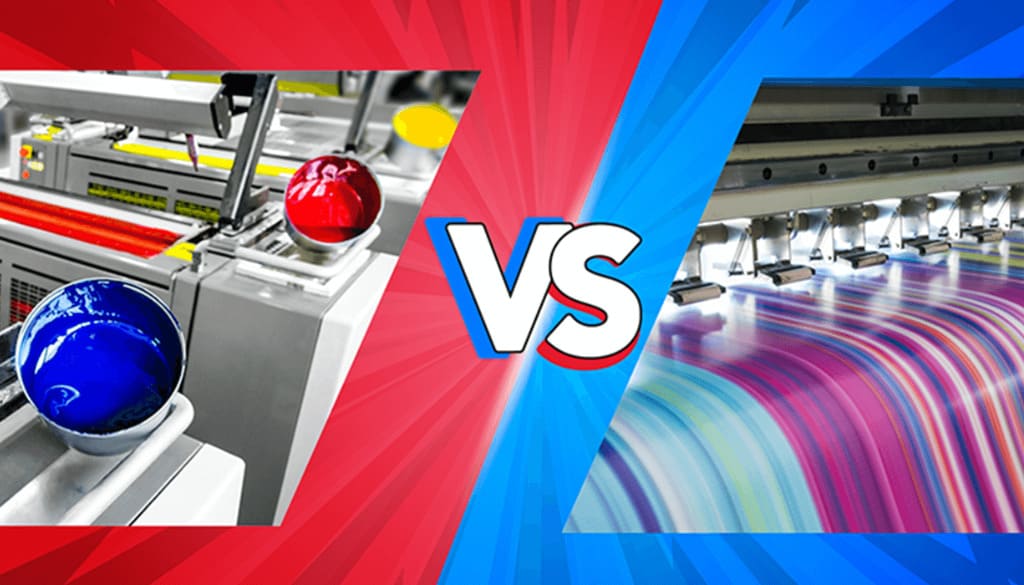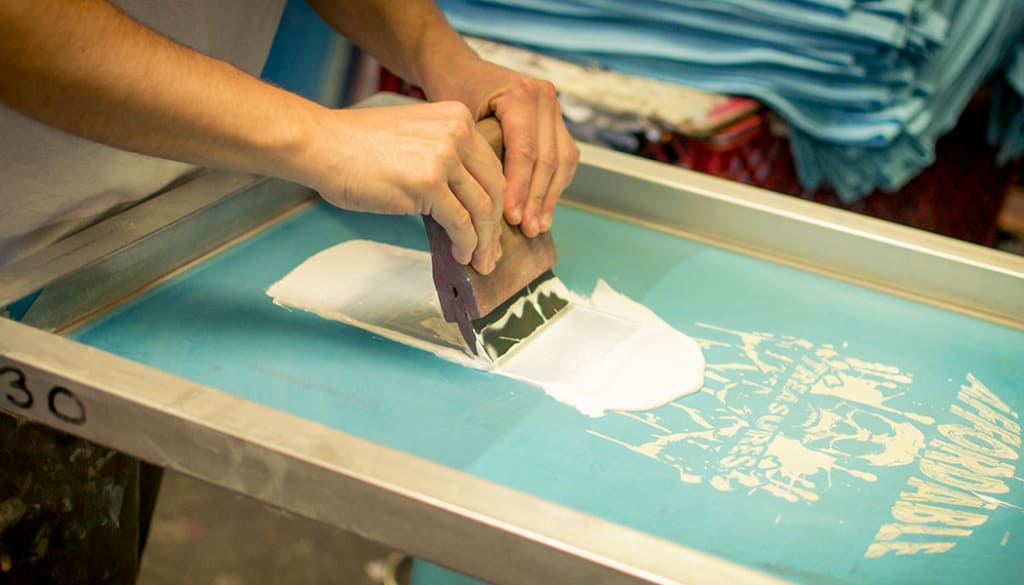In the ever evolving world of eCommerce, Print on Demand (POD) has emerged as a highly promising business model opening doors for thousands of creative sellers without the burden of inventory or massive operational costs. In this article, FlashShip will help you understand what Fulfill POD means, why it matters, and how the process works. We’ll also elaborate on its pros and cons, how to choose a reliable fulfillment partner, and what you need to run a successful, sustainable POD business.
What is POD and Why Do You Need Fulfill POD?
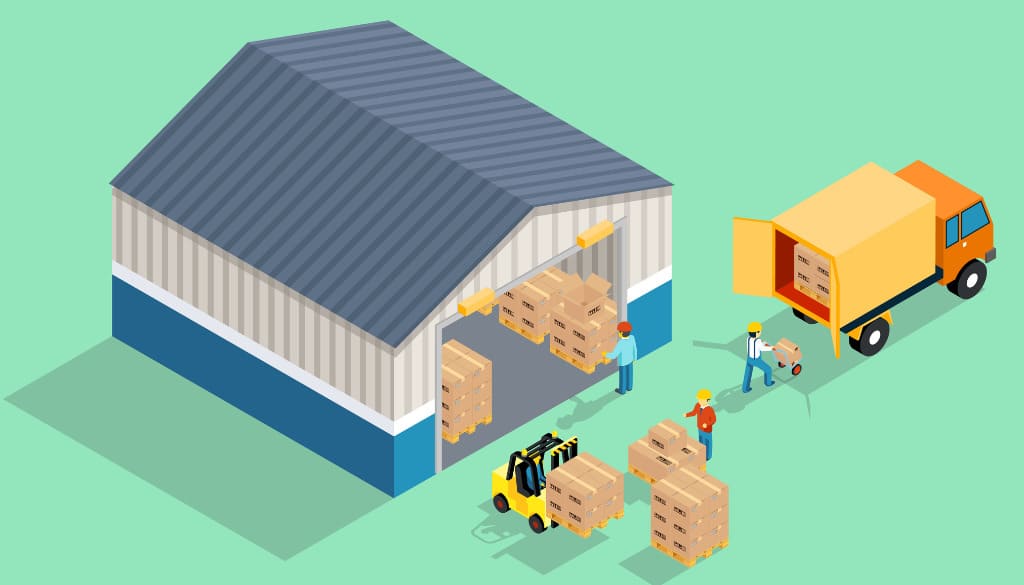
1. What is POD?
Print on Demand (POD) is an eCommerce business model that allows you to sell customized products featuring your designs without mass production. These products range widely from T-shirts, mugs, and phone cases to canvas prints, hats, tote bags, and hundreds of other items.
The unique feature of this model: Products are only printed and produced when there are orders placed.
Imagine this:
- Traditional scenario: You want to sell T-shirts with your designs. You must predict quantities, sizes, and colors – then order hundreds or even thousands of items from a printing facility. This requires significant upfront capital and warehouse space; if you don’t sell them all, you’re left with unsold inventory and financial loss.
- POD scenario: You simply create a design and upload it onto a product mockup on your online store. When a customer places an order, a third party (your fulfillment partner) receives it, prints your design on a blank (base) product, then packages and ships it directly to the customer.
As a seller, you never have to physically handle the product. Your role is to focus on what matters most: creating designs, marketing, and customer care.
2. What is Fulfill POD and Why Is It So Important?
Fulfill POD (or POD Fulfillment) refers to the entire behind-the-scenes logistics process that takes place after every customer clicks “Purchase”. It covers all steps from receiving an order to successfully delivering the product to the end customer.
Specifically, the process includes:
- Order reception and automated processing: Your system is integrated with your fulfillment partner’s system. When a new order is placed, the information is automatically transferred.
- Printing: The product is sent to a specialized printer to have your design applied.
- Quality check: Each printed product is carefully inspected to ensure there are no issues with color, print placement, or overall product quality.
- Packaging: Products are securely packaged often with your branding included (logo, thank-you card, etc.).
- Shipping: The package is handed over to the shipping carrier to be delivered to the customer’s address.
3. Why Is Fulfill POD a Key Piece of the Puzzle?
For a POD seller, a fulfillment partner isn’t just a supplier they are effectively your production and logistics department. The quality of fulfillment services directly impacts:
- Product quality: The quality of print, printing technology, and base product (Is the T-shirt durable? Is the mug glazed properly?) all depend on your fulfillment partner. A poor quality product can instantly damage your brand’s reputation.
- Shipping time: Today’s customers have little patience. Long production and shipping times lead to negative experiences, canceled orders, and poor reviews.
- Cost and profit margins: The base cost (original product + printing fee) and shipping fees set by the fulfillment partner directly affect your profit margin.
- Customer experience: From the packaging box and shipping label to order tracking updates—these are all brand touchpoints. A professional partner helps you deliver an excellent unboxing experience.
- Scalability: When you’re handling hundreds or thousands of orders daily, you can’t manage fulfillment alone. An automated, efficient fulfillment system is a must-have to scale your business.
Simply put, if design and marketing are the “soul” of a POD store, then Fulfill POD is the “backbone” that supports the entire operation and determines your long-term success.
How Does the Fulfill POD Process Work?
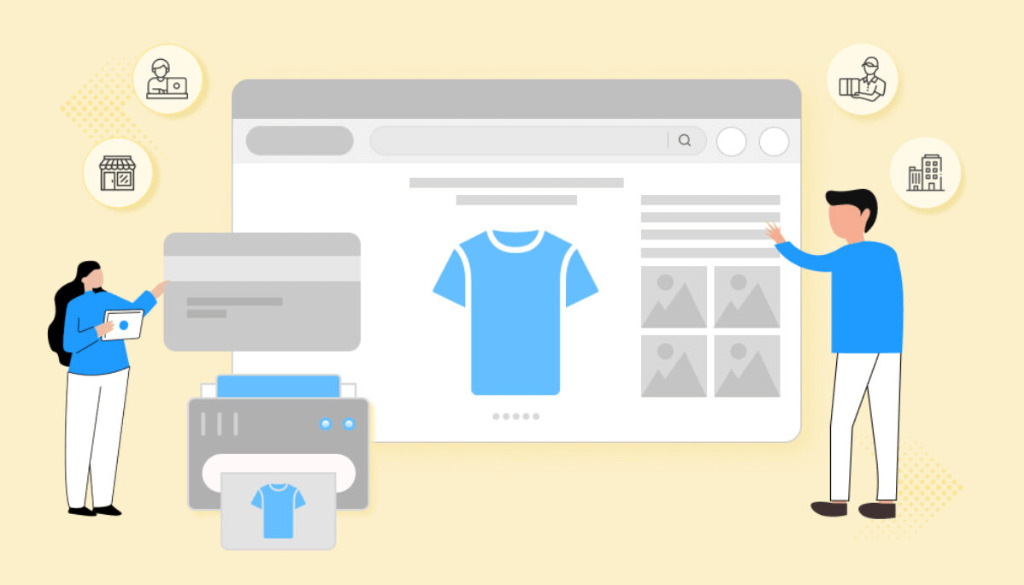
The fulfillment process in the POD model is a sequence of operations that are highly automated. Understanding each step will help you manage and optimize your business more effectively.
This process typically includes six main steps:
Step 1: The Seller Creates a Product Design
You come up with an idea and create a design file (usually PNG, 300 DPI, transparent background). Then, you upload it to a sales platform like Etsy or Shopify or sync it directly with your fulfillment partner’s system.
Step 2: The Customer Places an Order
When a customer places an order, the order information is automatically pushed to the fulfillment provider’s system via API integration or manually through a dashboard.
Step 3: Product Printing
The fulfillment partner prints the product using your design. This process is often automated and follows strict quality standards.
Step 4: Packaging and Labeling
The product is inspected, folded neatly, professionally packaged, and labeled for shipping based on the customer’s information.
Step 5: Shipping
The package is shipped to the customer using domestic shipping routes. Some fulfillment providers have production centers located in the U.S., which helps reduce both shipping time and cost.
Step 6: Order Status Updates & Post-Sale Support
Order status is automatically updated for both the seller and the customer. Post-sale support, including complaint handling, is also managed by the fulfillment partner.
Popular POD Fulfillment Providers Today
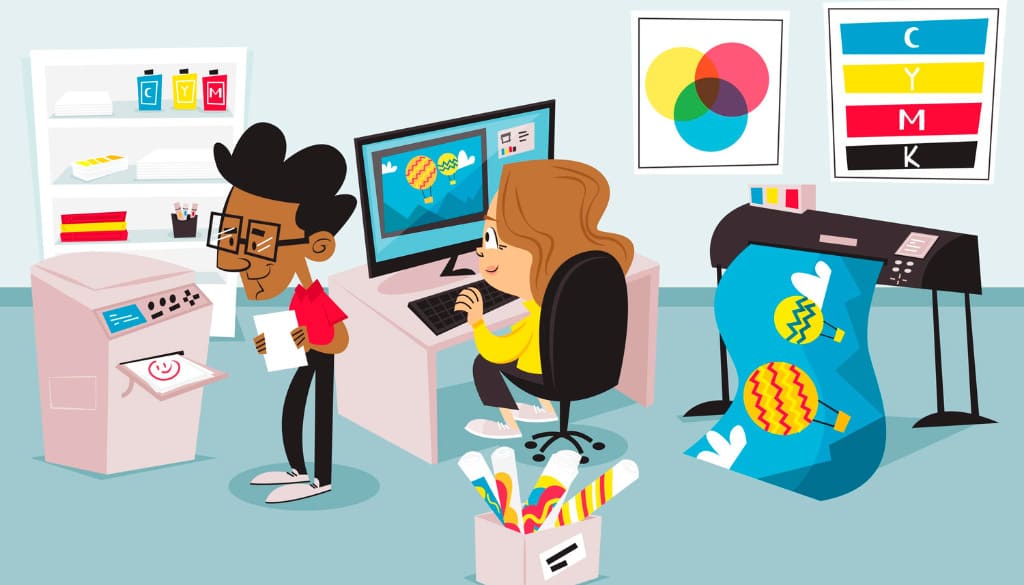
In the POD business, choosing a reliable, fast, and business-appropriate fulfillment platform is a critical factor that can determine a seller’s success or failure. As competition becomes fiercer, sellers no longer focus solely on eye-catching designs or attractive prices they also need a fulfillment partner who truly understands their needs, ensures product quality, and provides timely support.
Below are some of the most popular POD fulfillment platforms today:
1. FlashShip
FlashShip aims to provide a comprehensive Fulfill POD solution tailor-made for Vietnamese sellers with global ambitions.
- Business Model: FlashShip operates as an all-in-one service provider, maintaining tight control over every stage from selecting base products and printing technology to quality control, operations, and customer support. With in-house production facilities in the U.S., FlashShip guarantees fast turnaround times and consistent quality for every order.
- Key Strengths:
- “Flash” Speed: Every process at FlashShip is optimized to shorten production and handling time, ensuring products reach customers as quickly as possible a crucial competitive edge in the POD market.
- Superior & Stable Quality: FlashShip directly controls both input (base products) and output (finished goods). Modern printing technology ensures accurate colors, sharp details, and long-lasting prints helping you build a trustworthy brand.
- Dedicated Vietnamese Support: Understanding the unique challenges Vietnamese sellers face, FlashShip’s 100% Vietnamese support team offers 1-on-1 consultations, addressing everything from technical issues and operations to business strategies.
2. Printify
Printify connects sellers with a global network of hundreds of print providers, offering high flexibility and competitive pricing. This platform is especially popular among beginners due to its user-friendly interface and free plan.
- Pros:
- Wide selection of print providers by geographic location.
- Low base costs and a money-saving Premium plan.
- Cons:
- Inconsistent quality across different providers.
- Operational processes are handled by third parties, limiting control.
3. Gelato
Gelato stands out for its fast delivery speeds, thanks to its production facilities in over 30 countries. It’s an ideal choice for sellers aiming to reduce international shipping costs and reach customers’ local markets more efficiently.
- Pros:
- Prints are produced near the customer’s location—faster delivery.
- Focuses on sustainability and CO₂ emission reduction.
- Cons:
- Limited product variety.
- No dedicated support for the Vietnamese market.
4. Other Notable Platforms: Dreamship, Teespring, SPOD
Besides the major platforms mentioned above, several other POD fulfillment providers are also well-regarded by sellers:
- Dreamship: Allows product personalization and U.S.-based fulfillment ideal for sellers focusing on gifts and unique items.
- Teespring (now Spring): Geared toward influencers and social media creators.
- SPOD: Known for efficient production times, helping sellers optimize shipping timelines.
Pros and Cons of Using POD Fulfillment Services
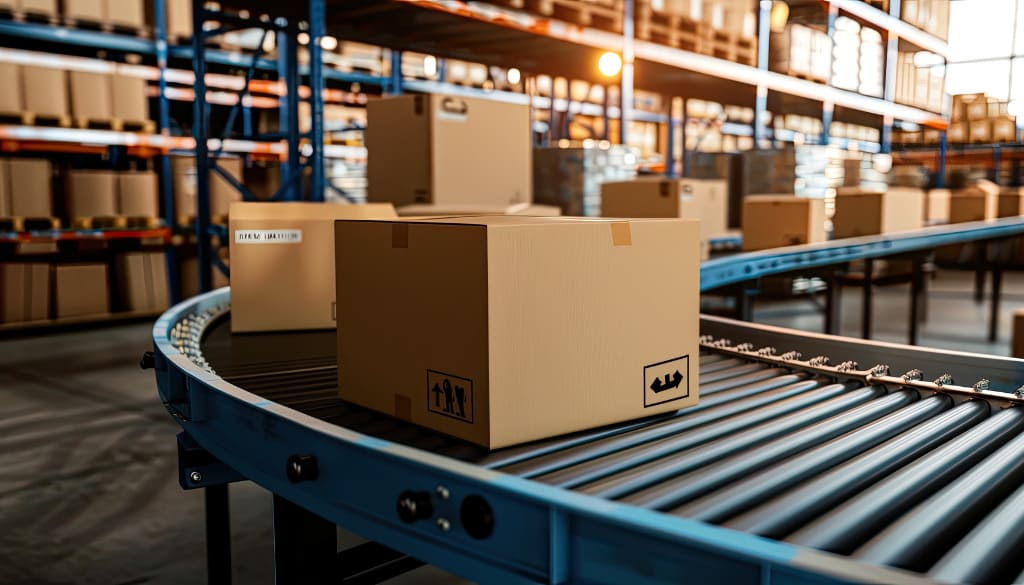
Like any business model, Fulfill POD has two sides. Understanding its advantages and disadvantages will help you make informed decisions and better prepare for success.
1. Pros
- Extremely Low Financial Risk: This is the biggest advantage. You don’t need to invest tens or hundreds of millions of VND in inventory. No inventory means no risk of losing capital due to unsold stock.
- Easy to Get Started: With just a computer, design ideas, and some knowledge of online marketing, you can launch a business. The barrier to entry has never been lower.
- Unlimited Creative Freedom: You can experiment with countless designs, products, and niches without worrying about additional costs. If one design doesn’t sell, simply remove it and try another.
- Focus on Your Core Strengths: Instead of getting bogged down with logistics like printing, packaging, and shipping, you can dedicate 100% of your time and energy to what you do best: creating, branding, and attracting customers.
- Location Independence and Flexibility: You can run your business from anywhere with an internet connection. This makes POD an ideal model for digital nomads.
- Unlimited Scalability: An automated fulfillment system can handle anything from a few orders per week to thousands per day without requiring changes to your workflow or hiring extra staff.
2. Cons
- Lower Profit Margins: Compared to bulk purchasing, producing individual items on demand (base cost) is more expensive. This means lower profit per item sold. You’ll need to sell in high volumes to generate significant revenue.
- Total Dependence on Fulfillment Partners: Your brand reputation is in the hands of a third party. If they make mistakes (incorrect prints, late deliveries, poor product quality), your customers will blame you not them.
- Limited Control Over Quality and Time: You can’t inspect each item before it reaches the customer. Production and shipping times (turnaround time) are also out of your hands, especially during peak seasons like holidays.
- Complex Return and Exchange Process: When customers request a return or exchange, they contact you but you need to work with the fulfillment partner to resolve it. This process is often more time-consuming and complicated than managing your inventory.
- High Competition: Because the barrier to entry is low, the POD market is saturated and highly competitive. To stand out, you’ll need truly unique designs and a smart marketing strategy.
Tips for Beginners When Choosing a POD Fulfillment Partner
Choosing a fulfillment partner is just as important as choosing a life partner for your business. One wrong decision can cost you dearly. Below are hard-earned lessons from FlashShip.net for new sellers:

1. Don’t Choose Based on Price Alone
A low base cost may seem attractive at first, but beware it often comes with poor print quality, thin garments, or slow and unresponsive customer support. Find the right balance between cost and quality. Sometimes, paying a little more for peace of mind and consistent quality is a smart investment.
2. Always Order Product Samples
This is a non-negotiable step. Before you list any product for sale, order a sample for yourself.
When receiving your sample, check:
- Print quality: Do the colors match the mockup? Is the print sharp and long-lasting?
- Base product quality: Is the fabric soft and thick? Are the seams well-stitched? Is the ceramic mug properly glazed?
- Actual delivery time: How long does it take from placing the order to receiving the product?
- Packaging experience: How is the product packaged? Is it professional and secure?
3. Check the Shipping Policy Carefully
- Shipping rates: What are the shipping fees to your key markets (e.g., the U.S., EU)? Is there a reduced fee for the second item in the same order?
- Shipping time: What’s the average delivery time?
- Tracking: Is the tracking system reliable and updated in real-time?
4. Read the Refund & Reprint Policy Thoroughly
- What happens if there’s a defect caused by the manufacturer? Will they reprint for free or issue a refund?
- What’s the claims process like? What proof do you need to provide (e.g., photos, videos)?
Understanding this will help you confidently respond to and resolve customer issues.
5. Evaluate Their Customer Support
Test their support team.
- Do they respond quickly?
- Are they helpful and professional when resolving issues?
When your business runs into fulfillment problems, responsive and effective customer support is invaluable.
6. Consider Platform Integration and Ease of Use
- Is their platform easy to integrate with your store or website?
- Is the dashboard user-friendly? Can you easily track orders and create new products?
A complicated system will consume your time and slow you down.
7. Always Have a Backup Plan
In POD, always prepare a Plan B. Keep backup advertising accounts to avoid business interruptions if an ad account gets suspended. Continuity is key.
Fulfill POD is no longer a “secret” it’s a streamlined, scalable process in a multi billion dollar industry and the backbone of millions of sellers worldwide. Understanding how it works, how to choose the right partner, and what challenges to expect gives you a solid foundation and a clear business strategy.
Success in POD doesn’t come from luck.
It’s built from a powerful combination of creative design, sharp marketing strategies, and most importantly a reliable fulfillment system running smoothly behind the scenes. Think of your fulfillment partner as part of your team. Choose wisely, build a strong relationship, and they’ll become the launchpad that propels your brand to new heights on the global stage.
Visit https://seller.flashship.net or call our hotline at (+84) 943 024 337 for personalized support and account setup assistance.
